Zoned air conditioning systems can cool different regions within a home independently of one another.
By installing open-close air dampers within your ductwork or dividing cooling duties among multiple air conditioners, you create a zoned AC system.
Such setups contrast traditional cooling systems that treat the entire home as a unified zone.
As most buildings have multiple rooms, floors, and residents with distinct cooling preferences, single-zone air conditioners leave a lot to be desired from a comfort and energy efficiency perspective.
Multi-zone systems account for these differences, which helps you feel more comfortable at home and save money each month.
On the downside, zoned HVAC systems come at a hefty cost in some scenarios. You can expect to pay as little as $1,500 or up to $9,000 to install air conditioner zones.
This article covers what those costs might look like.
Before you start budgeting, however, you should determine whether investing in a zoned AC system even makes sense for your situation, because it might not.
Read on to learn how to do just that.
Get in touch with a local contractor today.
On this page
- Do you need it?
- How zone AC works
- Zone AC pros
- Zone AC cons
- Zone AC costs
- Is a zoned HVAC system worth it?
Do you need a zoned AC system?
Homes that can benefit most from zoned AC systems have:
- Multiple stories
- Hot spots
- Vacant areas
Multiple stories
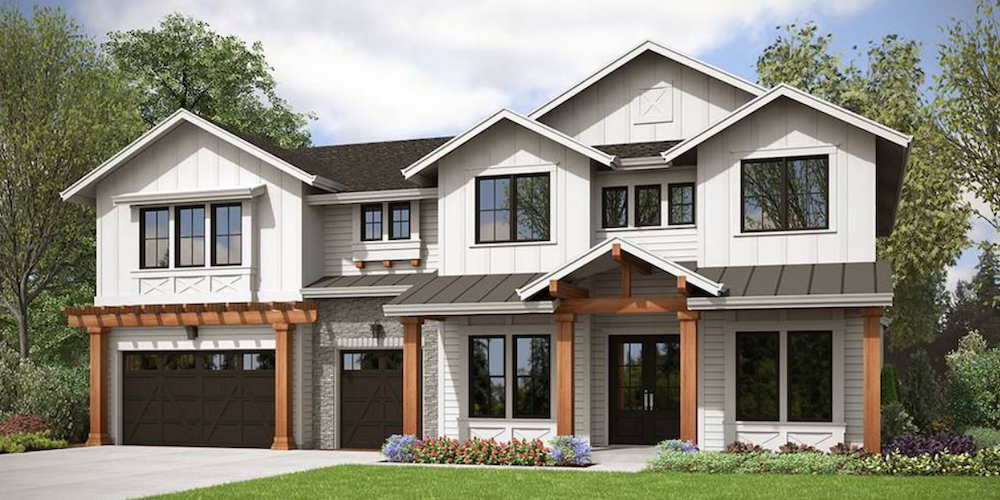
Image source: The House Designers
Separating floors into separate AC zones makes sense for two reasons.
Firstly, many homes dedicate the upstairs to bedrooms that mainly see nighttime use. Cooling these rooms during the day wastes energy if no one is around to savor the refreshing air. By creating a zone for the upstairs, you can save on your electricity bills.
Heat rises, which is why the top floor always feels muggier than the rest of the house. Dedicating a zone for the upstairs ensures your air conditioner cools where you need it most.
Hot spots

Image source: Upgraded Home
Typically, kitchens and living spaces with large windows call for more cooling because cooking appliances and solar gain generate heat.
Zoning these rooms helps address their increased cooling demand without freezing other rooms that don't need the extra cooling.
Vacant rooms
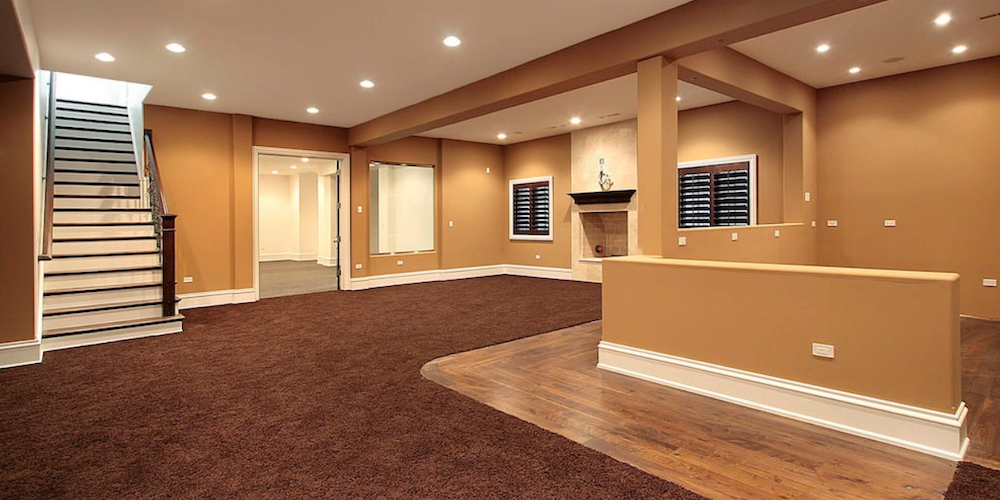
Image source: Home Pro America
Some parts of your home, like basements, attics, and garages, may not need constant cooling yet still receive it – another potential energy waste.
Turning such rooms into separate zones allocates your AC to cooling the higher-traffic areas of your home that need it most.
When you don't need zoned AC
If only one room needs extra cooling, you may spare significant expenses and headaches by simply installing a window unit or portable air conditioner where needed.
Such units only cost a few hundred dollars and technically zone without the costly and sophisticated ductwork or mini-split installation process.
How do AC zones work?
AC zoning works in several ways. The most common types of zoning setups involve ductwork dampers, ductless mini-splits, or both.
Ductwork dampers
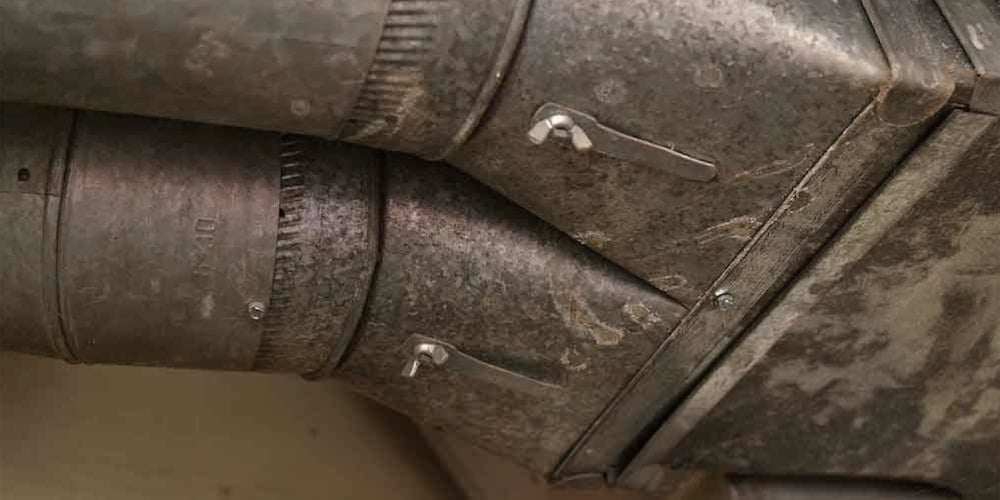
Image source: LifeSavvy
Dampers control airflow with an individual duct run by opening and closing.
By closing the right combo of duct runs, damper systems ensure air flows only to the zones calling for it.
Electronic dampers open and close according to a central control panel, which uses information from each zone's thermostat to direct cool air as needed.
Alternatively, many homes still use dampers with manual switches. These cost less than their electronic counterparts and serve their purpose just fine for homes that are zoned by floor.
For example, cooling a two-story home zoned into a basement, first floor, and second floor would simply require you to close the former two dampers during the warm months.
This forces cool air to the second floor – often the trickiest area to cool.
An important note: many ACs don’t work as well when combined with a zoned system.
Closing off zones shrinks the space in need of cooling, which can put extra wear on older, single-stage ACs that can’t regulate their fan speeds. Many HVAC installers attempt to avoid this issue by installing bypass ducts – a controversial practice.
If you have an old AC, consider upgrading to a multi-stage unit before zoning via dampers.
Ductless mini-splits
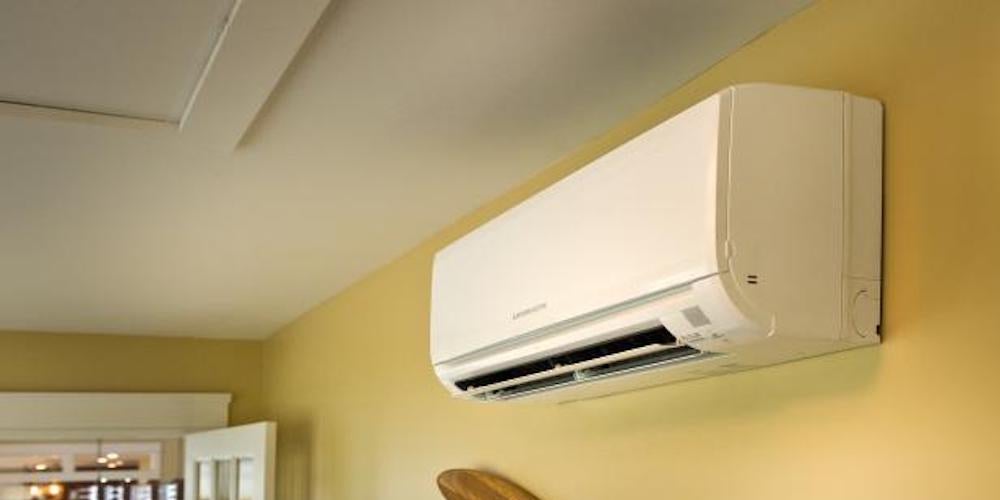
Image source: HGTV
Ductless mini-split air conditioners and heat pumps continue to grow in popularity as an alternative cooling solution because they clock high-efficiency ratings, operate quietly, and, of course, simplify zoning.
Unlike central air and its intricate duct system, mini-splits involve separate indoor air handlers connected to an outdoor condenser.
Cooling a zone simply calls for you to power on its respective mini-split.
For multi-zone mini-split systems, you can connect Wi-Fi adaptors to each unit for seamless, centralized temperature control from your phone or smart thermostat.
Pros of AC zoning
Improved comfort
HVAC zoning systems help cancel out the undesirable temperature deviations across your home.
Arguably, this is the biggest problem with single-zone systems. The air conditioner will run until the thermostat senses the pre-set temperature regardless of whether the kitchen or sunroom still feels sweltering.
By installing dampers or mini-splits, you accommodate each zone’s unique cooling requirements.
Reduced electricity bills
Instead of cooling your entire house, only cooling the zones that need it places less demand on your air conditioner, which fosters energy savings.
Whether and how much you save depends on the system type. For instance, ductless systems and variable-stage central ACs can operate at lower speeds to conserve energy.
A multi-zone system paired with a traditional, single-stage central air conditioner won't save as much, if at all, because it either runs at 100 percent or off, with no in-between.
Zone AC cons
Potentially expensive install
Zoning can rack up more costs than single-zone systems because of their more complex installation process.
Since zoning typically improves system efficiency, however, stomaching those additional costs often proves worth it in the long run.
How much does AC zoning cost?
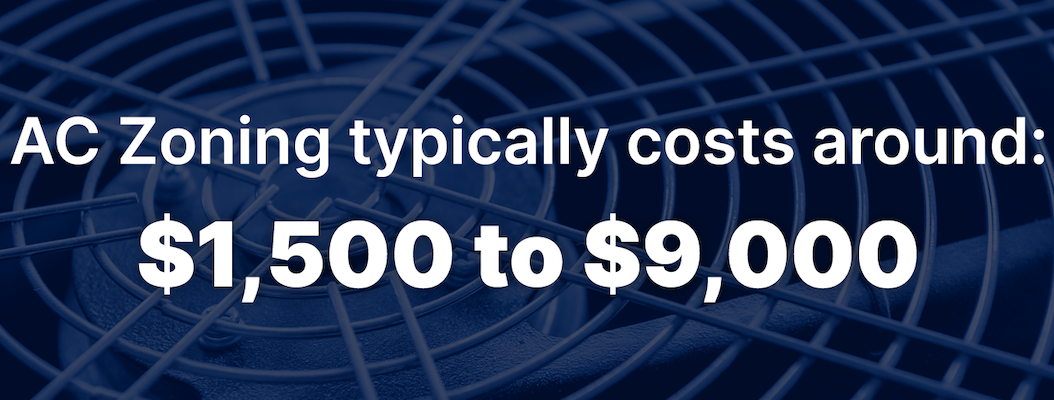
As previously mentioned, you can pay as little as $1,500 or up to $9,000 to install air conditioner zones.
Core costs include the materials for the job like ductwork, dampers (if zoning with central air), and thermostats as well as the professional installation.
Whether your costs fall towards the low or high end depends on whether you go with central air or mini-splits as well as the number of zones you need.
Central air vs. mini-splits
When zoning with central air, ductwork accessibility plays a key role in costs.
Modifying ductwork in a finished home, for example, poses more challenges and costs than installing for new construction.
On the other hand, ductless mini-split costs largely depend on how many units you install.
Cost by zone
How many zones you need influences costs whether you zone with central air or ductless.
With each additional zone, you must install a respective ductwork damper or mini-split as well as its own sensor and thermostat connection. All of these components add to material and labor costs.
Is a zoned HVAC system worth it?
It’s not always cheap, but zoning is worth considering if family members can't agree on the right temperature, certain rooms never reach a comfortable level, or you want to save on electricity.
By zoning a room, you can fine-tune its temperature independently of the rest of your home.
Bedrooms, living rooms, and kitchens often have different temperature requirements, so zoning promotes comfort. Zoning can also lower the number you see on your energy bill because you can rely less on your AC unit.
Like most HVAC projects, a licensed professional can advise on the optimal zoning solution for your unique budget and setup.